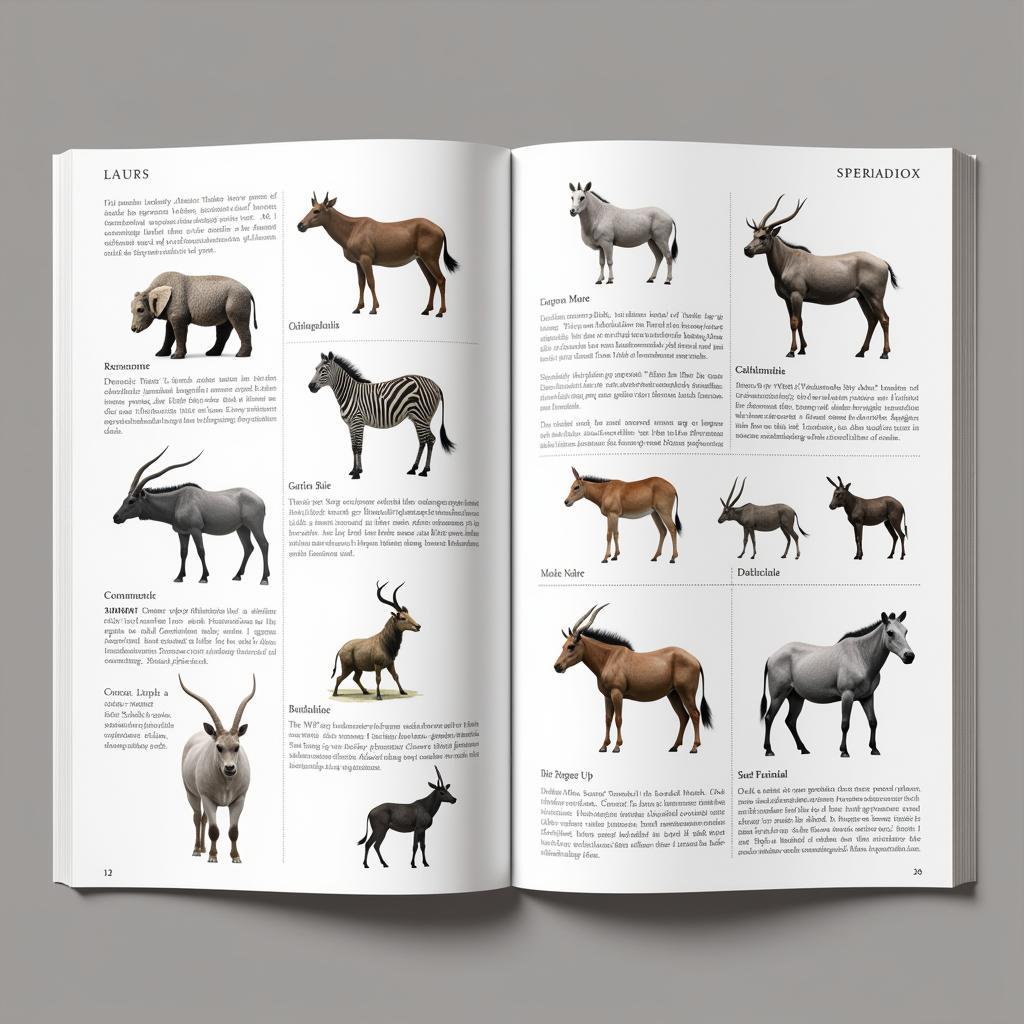The African Bullfrog Scientific Name and Fascinating Facts
The African bullfrog, scientifically known as Pyxicephalus adspersus, is a fascinating amphibian species native to sub-Saharan Africa. This article will delve into the interesting world of the African bullfrog, exploring its characteristics, habitat, behavior, and more.
Unveiling the Pyxicephalus Adspersus
The scientific name Pyxicephalus adspersus perfectly captures the essence of this remarkable creature. “Pyxicephalus” is derived from the Greek words “pyxis,” meaning “box,” and “kephale,” meaning “head,” alluding to the frog’s large, boxy head. “Adspersus” is Latin for “scattered,” referring to the scattered dark spots found on its body.
Appearance and Size
African bullfrogs are sexually dimorphic, with males significantly larger than females. Male bullfrogs can reach impressive sizes, growing up to 10 inches (25 centimeters) in length and weighing up to 4.4 pounds (2 kilograms). Females, on the other hand, are typically smaller, measuring around 4-6 inches (10-15 centimeters) in length. Their robust bodies are typically olive green to brown, adorned with scattered dark spots. A distinctive feature is the bright yellow throat displayed by males, particularly prominent during the breeding season.
Habitat and Distribution
Pyxicephalus adspersus is widely distributed across sub-Saharan Africa, thriving in a variety of habitats, including savannas, grasslands, and woodlands. These frogs are particularly well-adapted to arid environments and can survive for extended periods in burrows during the dry season. They emerge with the arrival of the rains, congregating in temporary pools and wetlands to breed.
Diet and Hunting Strategies
True to their name, African bullfrogs are voracious predators. Their diet consists primarily of insects, rodents, small reptiles, and even other frogs. They are opportunistic hunters, employing a sit-and-wait strategy, patiently lurking in the shadows until unsuspecting prey ventures within striking distance. Their powerful jaws and lightning-fast reflexes make them formidable predators.
“African bullfrogs are fascinating creatures to observe,” shares Dr. Anya Patel, a herpetologist specializing in African amphibians. “Their feeding behavior, in particular, is a testament to their predatory prowess and adaptability.”
Breeding and Life Cycle
The breeding season for African bullfrogs coincides with the rainy season. Males establish territories in shallow water, fiercely defending them from rivals. They attract females with loud, deep calls that can be heard from considerable distances.
Once a female selects a mate, she lays thousands of eggs in a foamy nest at the water’s surface. The male fertilizes the eggs externally. The tadpoles hatch within days and undergo metamorphosis over several weeks, eventually transforming into miniature versions of their parents.
Conservation Status and Threats
The International Union for Conservation of Nature (IUCN) currently lists the African bullfrog as a species of “Least Concern.” However, they face several threats, including habitat loss due to agriculture and urbanization, as well as collection for the pet trade.
Conclusion
The African bullfrog, Pyxicephalus adspersus, is a remarkable amphibian species that plays a vital role in its ecosystem. Their impressive size, unique adaptations, and fascinating behaviors make them a subject of ongoing scientific interest. While their conservation status is currently stable, it’s crucial to remain vigilant in protecting their habitat to ensure the long-term survival of these fascinating creatures.
Frequently Asked Questions
What is the scientific name for an African bullfrog?
The scientific name for an African bullfrog is Pyxicephalus adspersus.
How big do African bullfrogs get?
Male African bullfrogs can grow up to 10 inches (25 centimeters) in length, while females are typically smaller.
What do African bullfrogs eat?
African bullfrogs are carnivorous and eat a diet of insects, rodents, small reptiles, and other frogs.
Where are African bullfrogs found?
African bullfrogs are found throughout sub-Saharan Africa.
Are African bullfrogs dangerous?
African bullfrogs are not considered dangerous to humans, but they have a powerful bite and should be handled with caution.
Need assistance? Please contact us at Phone Number: +255768904061, Email: [email protected], or visit us at Mbarali DC Mawindi, Kangaga, Tanzania. We have a dedicated customer support team available 24/7.

